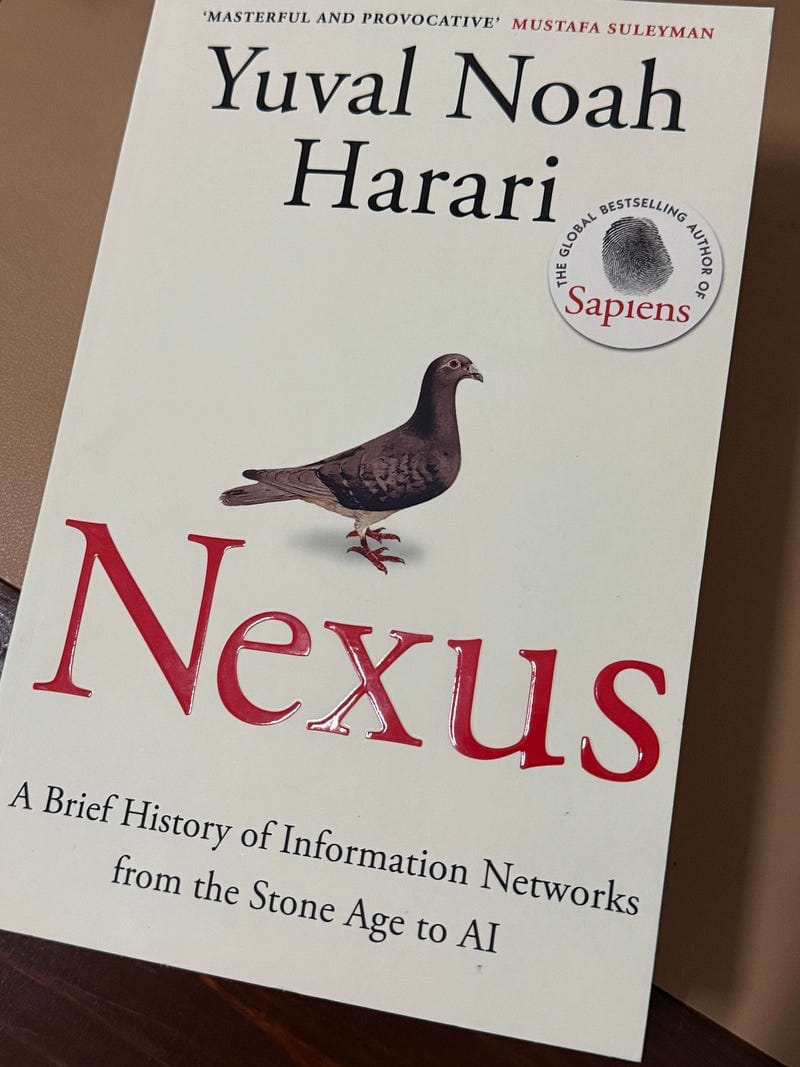
Why Information Matters Less for What It Says Than for Whom It Binds
Information sounds simple until you try to pin it down. Yuval Noah Harari notes in Nexus that physicists still debate matter and energy, biologists still argue over life, and philosophers still wrangle with reality. Information now joins that elusive club. Harari does not solve the puzzle; he takes the historian’s route instead. His question is practical: How has information steered human history, and how might it steer our future?
Most people treat information as words, numbers, or images pushed across a screen. Harari widens the lens. Almost anything can carry meaning if the context is right. A wounded pigeon, a tilted shutter, even the night sky can become a data link once someone learns the code.
Information Beyond Words

A pigeon that saved a battalion
Meuse-Argonne, October 1918. Five hundred U.S. soldiers are trapped. Artillery shells from their own lines begin to fall. Major Charles Whittlesey straps a note to Cher Ami, a homing pigeon:
Our artillery is dropping a barrage directly on us. For heaven’s sake stop it.
The bird arrives, half-blind and bleeding. The guns go quiet, and the battalion lives. Ink on a scrap of paper, flown by feathers, became life-or-death information.
A shutter that signaled a fleet
Palestine, 1917. Sarah Aaronsohn, a spy for the British, uses her house shutter as a binary beacon. Open or closed, in a preset rhythm, it guides warships far offshore. Ottoman patrols see only a woman airing a room. To those who know the code, the wooden panel is a telegraph.
These cases show Harari’s core point: an object turns into information only when minds assign meaning. Without the code, a pigeon is just a bird and a shutter is just wood.
Anything Can Speak. If Someone Listens
Harari lines up more examples:
- Environmental signs: Sailors steer by the North Star.
- Biblical symbols: A dove with an olive branch signals the flood’s end.
- Signal fires on hills: Light chains empires together.
- Astrology: Millions let planetary charts guide their love lives.
Truth, Representation, and the Limits of Maps
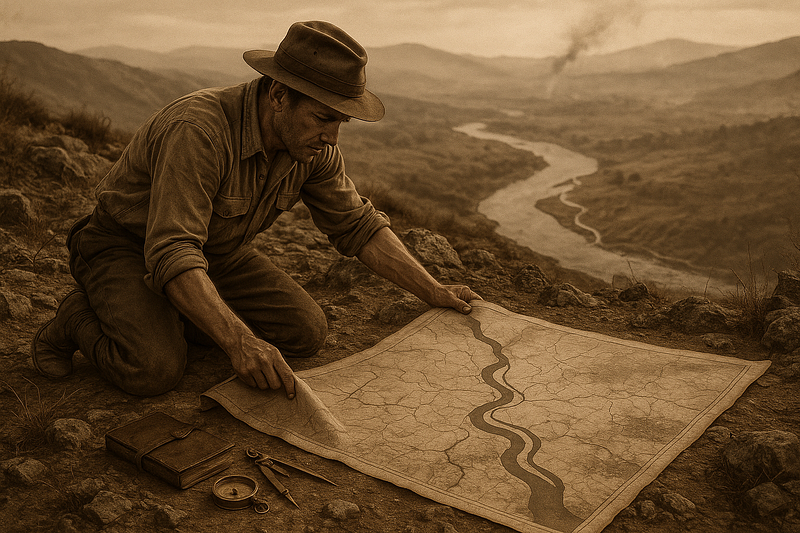
People often assume information mirrors reality. Harari calls this the naive view. In theory, more facts bring more truth and, with it, wiser choices. Reality resists. A $100 bill points to no natural law; its power lives in our heads. A flag is dyed cloth until citizens swear loyalty.
Even accurate signals stay partial. A weather map hides countless microcurrents. A history book selects one thread from a million. Borges mocked total fidelity with his one-to-one scale map that smothered the empire it portrayed. Perfect representation is useless.
Information as Connection, Not Reflection
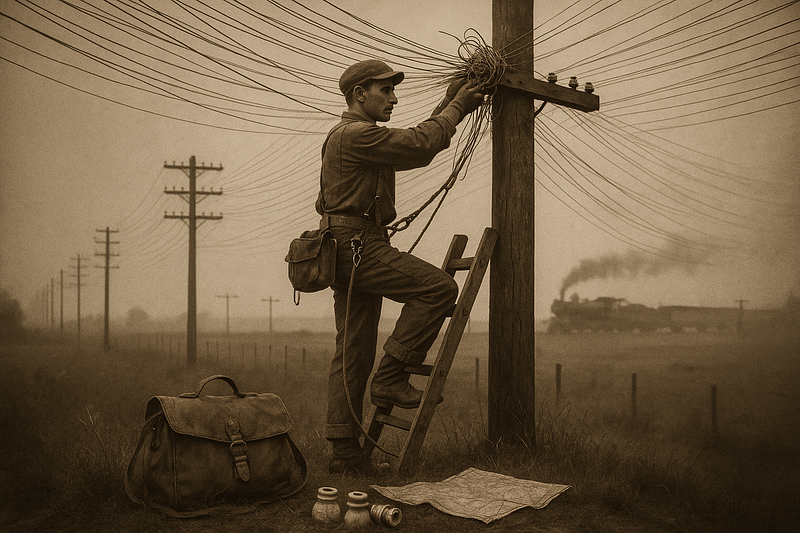
Harari flips the lens: information’s job is to link things, not just describe them. Stories, data, and symbols pull individuals into networks:
- Horoscopes pull lovers into astrological formations.
- Propaganda pulls voters into political blocs.
- Marching songs pull recruits into literal formations on parade grounds.
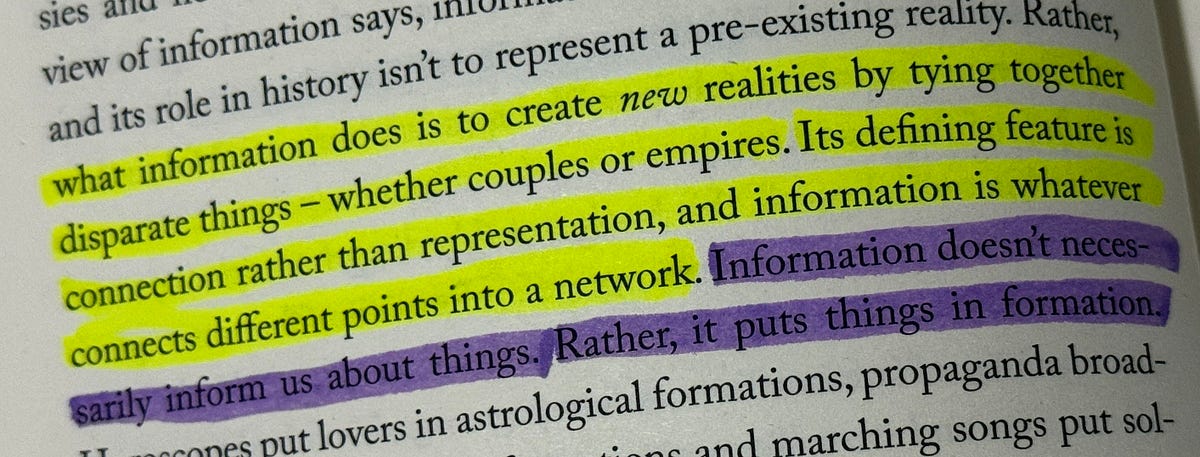
Falsehood can network people more efficiently than fact. A wild conspiracy can unite strangers faster than a sober policy brief. Connection, not accuracy, explains its magnetic pull.
The Peril of Hyper-Connectivity
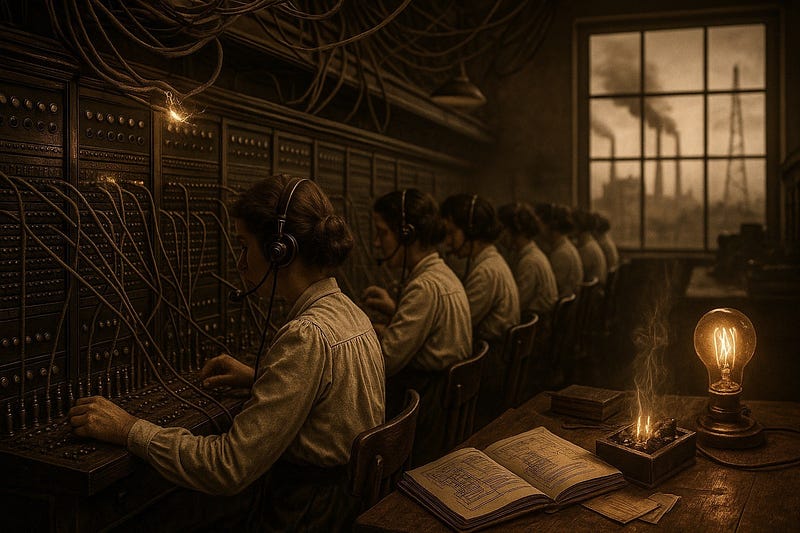
Digital tools now thread billions together in milliseconds. Bandwidth soared; wisdom did not. Social feeds spread medical research and snake oil with equal vigor. Harari’s warning is blunt: connectivity without truth breeds chaos.
Justice Louis Brandeis trusted “more speech” to fix bad speech. The internet put that faith to the test and proved it incomplete. Filtering for accuracy demands craft, time, and shared norms, not just louder megaphones.
Keeping Links Honest
Harari urges two questions for every message:
- What does it connect?
- How well does it map reality?
A rumor that sparks violence might ace test 1 and fail test 2. A dense climate report might pass test 2 yet flop at test 1 if no voter reads it. Healthy societies try to satisfy both.
Conclusion
Information is whatever lines people up into patterns. A pigeon note. A shutter flash. A meme. The objects differ, yet the function of connection stays the same. Harari leaves us with a task: expand our networks and our truth filters at the same pace. Otherwise the next clever code, carved on paper, wood, or silicon, could bind us together while blinding us to reality.
Enjoyed this piece?
If this piece was helpful or resonated with you, you can support my work by buying me a Coffee!
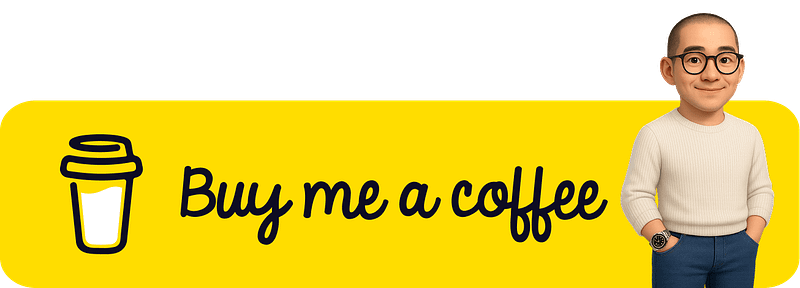
Become a subscriber receive the latest updates in your inbox.

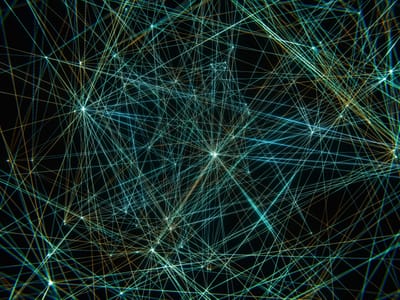
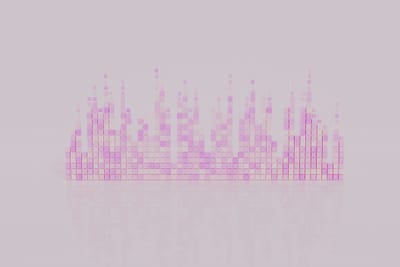

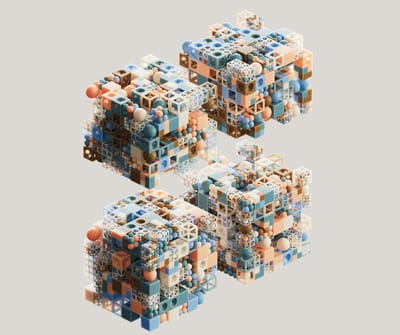
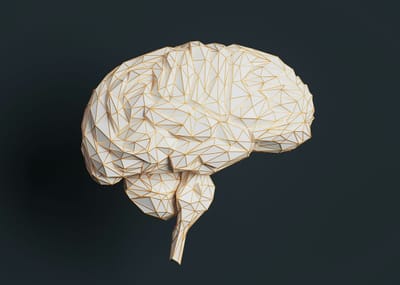
Member discussion